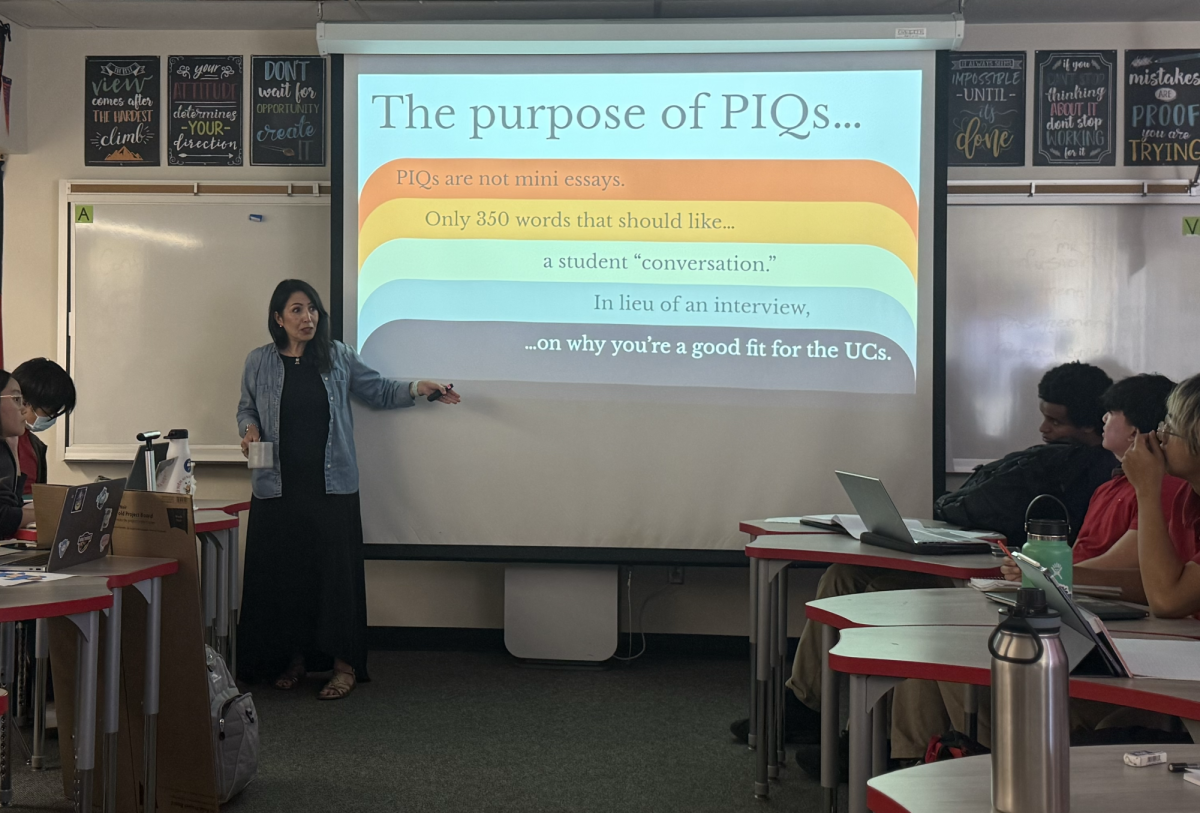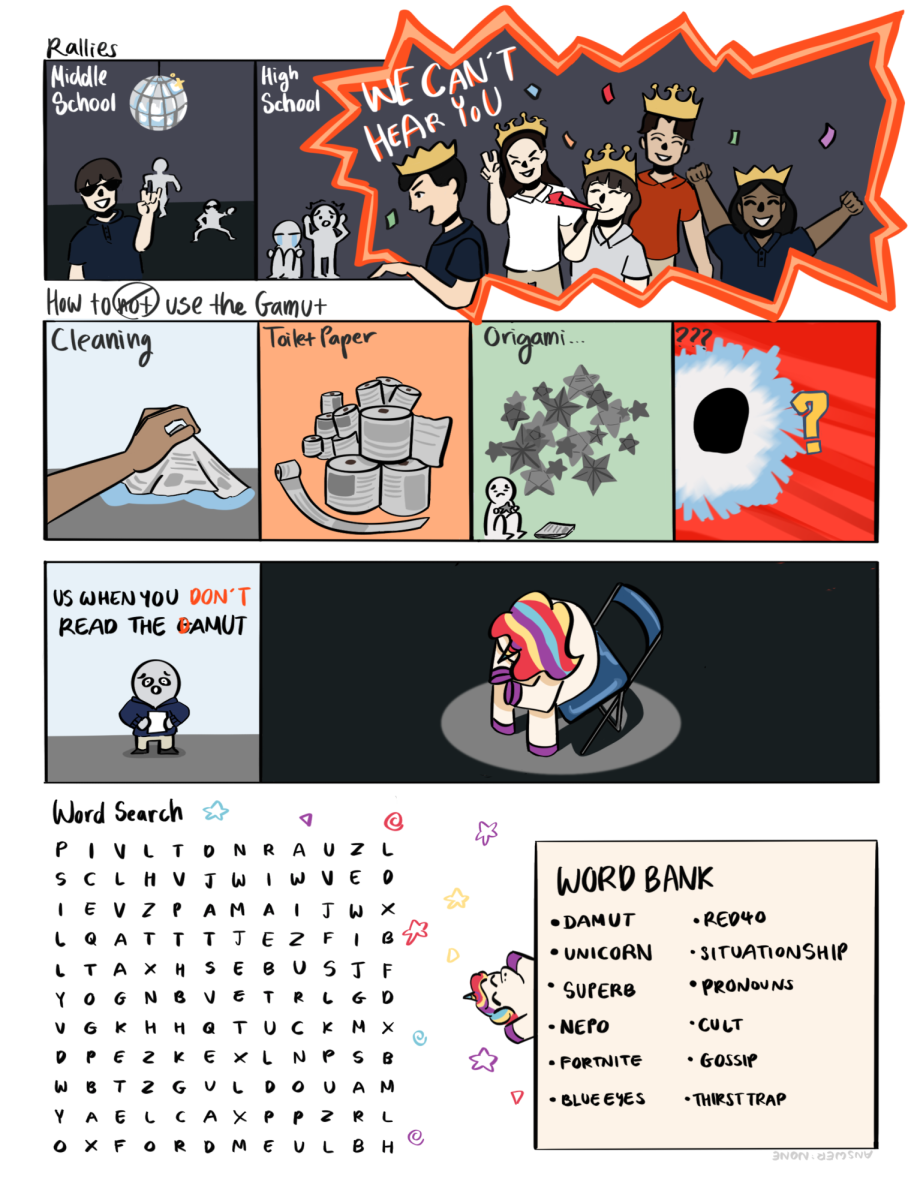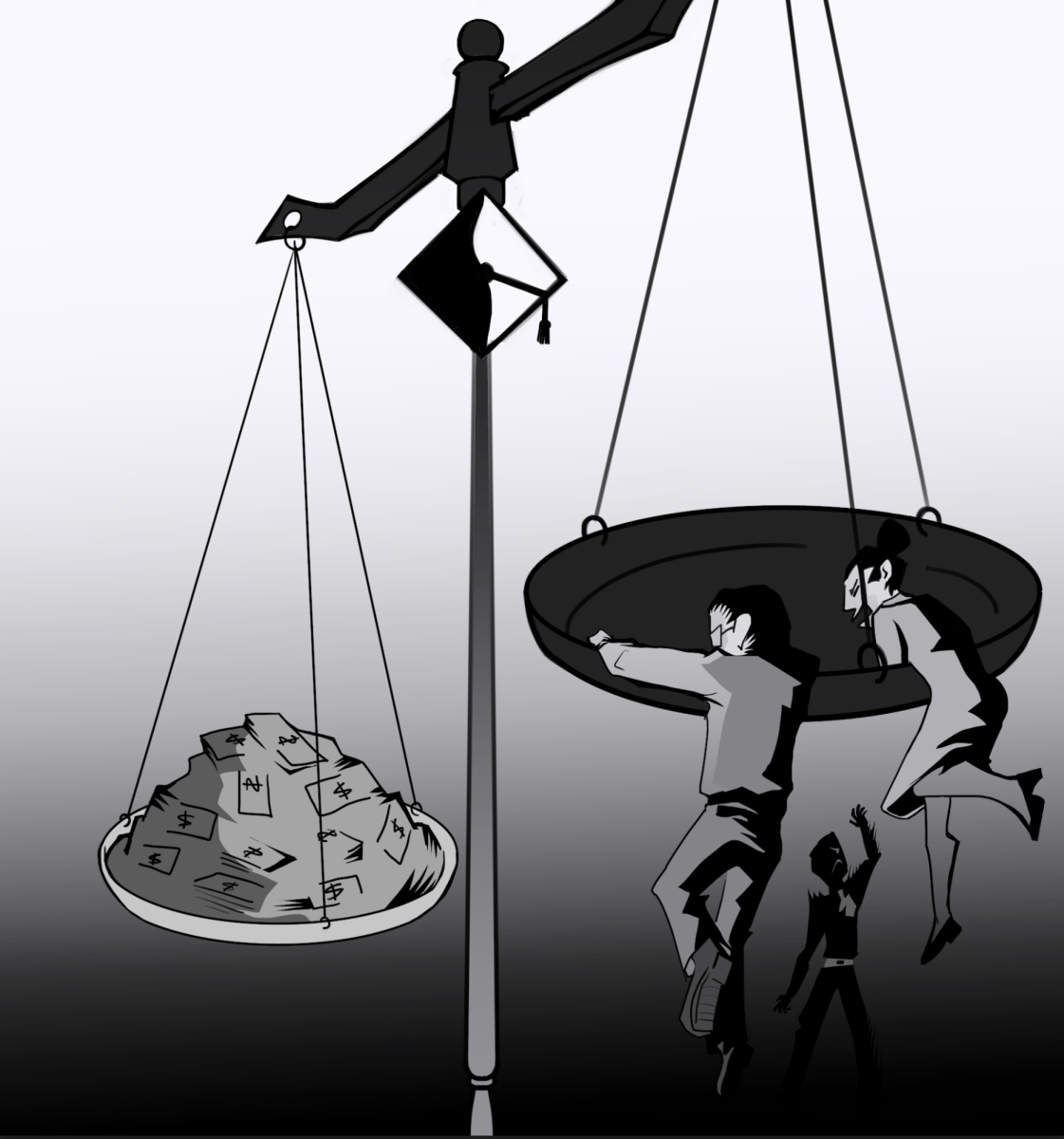As Marvel develops its Phase 4 of content releases, its productions have been steeply declining in quality, leaving the overall franchise sloppy and underwhelming.
Since the monumental release of “Iron Man” in 2008, Marvel has become synonymous with superhero movies. Often compared to its competitor franchise DC, Marvel succeeded where its rival failed, weaving a universe that seamlessly tied together beloved protagonists across different stories into an overarching plot. Unfortunately, the same qualities that brought people to theaters are lacking in the company’s development of recent movies, leaving the Marvel Cinematic Universe (MCU) a shell of its former self.
Oversaturation of TV shows within the MCU causes releases to feel aimless, as releases feel perfunctory rather than purposeful. Established during the pandemic, Disney’s streaming service, Disney+, has since allowed for a surge of new releases. While Phase One (each phase being a group of movies released over a period of years) spanned six films across four years, Phase Four (the current phase) has already introduced six films and six live-action TV shows in less than two years. Prioritizing quantity over quality has left numerous storylines without clear connections to other narratives in the universe.
Furthermore, individual films lack direction. The 2021 film “Eternals” introduces an ensemble of ten superheroes, many of whom were forgettable because of their lack of distinct personalities. “Eternals” attempts to shove as much exposition and lore into its runtime as possible, leading to a rushed plot with flat villains that fails to let its leads shine.
Similarly, Disney+ shows like “The Falcon and the Winter Soldier” and “Moon Knight” fail to fully flesh out their characters. Instead of thoroughly exploring themes like race, society, and trauma, character arcs are weighed down by underwhelming, forgettable villains. Through the exploration of stale storylines without any real risk or creativity, it’s difficult for fans to stay invested in the large influx of new characters.
As Marvel continues to prioritize quantity, its content reflects its decline in quality. For instance, the recent Disney+ release “She-Hulk,” following the Hulk’s cousin as she navigates her newfound ability to transform into a hulk, was largely criticized for its poor CGI. With the influx of more Marvel content, VFX artists are hounded to produce high-quality work with unreasonable deadlines and intense pressure without fair compensation. Artists are consequently driven out of the industry, leading to a decline in Marvel’s CGI. Marvel’s poor VFX management shows that the entertainment company overall is focused on profit-seeking at the expense of quality visuals.
In the absence of care throughout its work, Marvel lives in the shadow of its former glory. To recover, it’s time for Marvel to slow down and put thought into the content it releases rather than pump out show after show. Bringing fleshed-out characters and cohesive storylines with a larger purpose would help retain loyal fans and welcome new ones into the fold.






























































![Escaping the College [Admissions] Rat Race](https://oagamut.com/wp-content/uploads/2023/05/mayoped-750x900.jpg)

